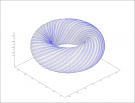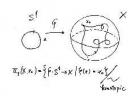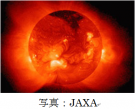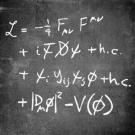(1) Control of electromagnetic waves with artificial structures
There are some parameters that characterize electromagnetic waves, such as an amplitude, polarization, wavenumber, frequency, etc. The sub-wavelength or wavelength scaled artificial structure is one candidate to control or manipulate these parameters, and correspondingly manipulate electromagnetic waves. These artificial structures are called photonic crystals and metamaterials. Especially, by using metamaterials, the desired effective permittivity and permeability, which characteristic electromagnetic properties of a material in Maxwell equations, can be realized. These effective permittivity and permeability could be the value that is never achieved with natural materials. By using these effective permittivity and permeability or other exotic characteristics of metamaterials, many interesting research topics have been reported so far, such as a negative refractive index, cloaking, epsilon-near-zero materials, reconfigurable switching devices, etc.
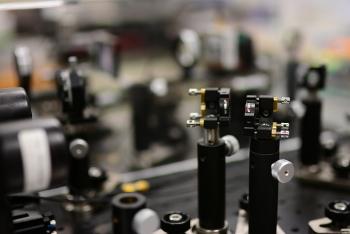
(2) Terahertz electromagnetic waves
1. What is a terahertz wave?
Electromagnetic waves are categorized with frequency, such as radio waves, microwaves, infrared regions, visible regions, etc. Our research is focused on the terahertz waves, which is located between millimeter waves and far-infrared regions. This frequency region was called an unexplored electromagnetic region about two decades ago. However, with the rapid development of laser technology, the terahertz technology has been also developed in recent years.
Fig. 2 shows the snapshot of the terahertz spectroscopic system. The terahertz waves are generated by using a femto second laser pulse, the pulse width of which is about a hundred femto second (~10-13 s). In this case, the generated terahertz wave becomes an almost single pulse indicating a broad band width in spectral domain.
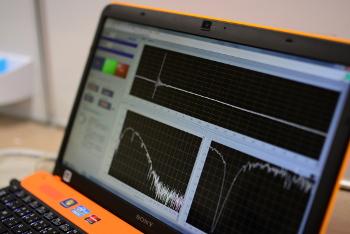
Fig. 2 terahertz spectroscopic system
2. Applications with terahertz waves
Electromagnetic characteristics of materials are different depending on frequency. In terahertz region, some materials show different response from that in visible or other frequency regions. For example, terahertz waves show a relatively higher transparency for papers or ceramics which visible light cannot pass through. By using these interesting characteristics in terahertz region, many applications have been proposed and implemented, such as perspective inspections, public securities, drug inspections, medical diagnosis, gas sensing, wireless communications, and so on.

